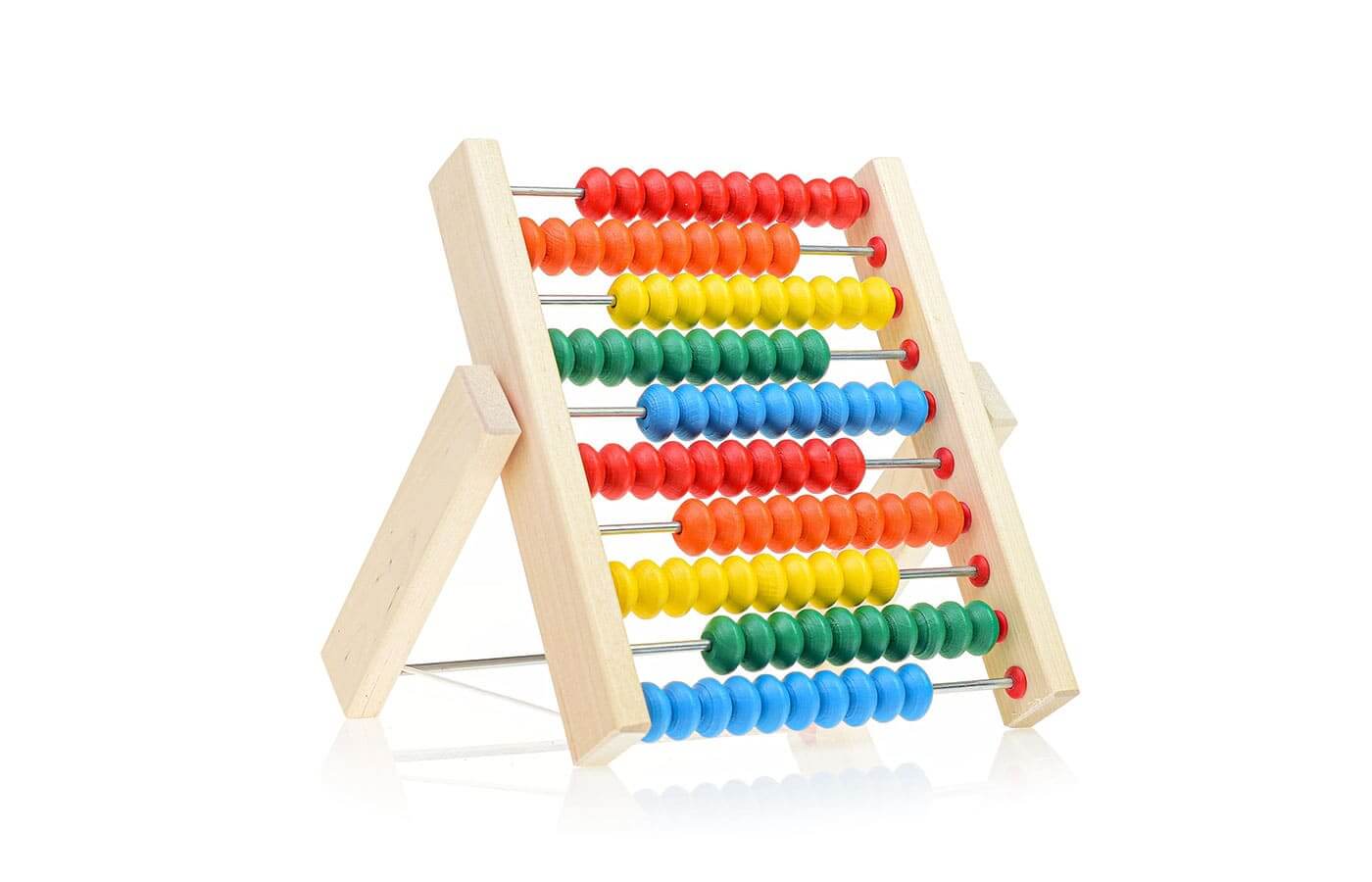[ad_1]
Fractional shares, also sometimes referred to as partial shares, are a form of equity. They represent a portion of a full share in a publically-traded business.
Traditionally, they are created as a byproduct of a corporate action, such as dividends, stock splits, or acquisitions. However, in recent years, financial innovation by stock brokers now allow investors to deliberately buy fractional shares instead of whole shares with some investment accounts. In 2019, Interactive Brokers was the first leading online broker to support fractional share investing.
The ability to invest in fractional shares dramatically reduces the barriers to entry for investors seeking to invest in companies with a high stock price.
For example, at a share price of $3,990, an individual seeking to invest in Seaboard Corp would need at least $3,990 to buy a single share. And that’s before considering any transaction fees.
However, an investor could invest just $100 and receive 0.0251 shares in Seaboard Corp by using an investment account that supports fractional shares.
How are fractional shares created?
Generally speaking, there are four ways in which partial shares can be created.
1. Dividend reinvestment plans
A dividend reinvestment plan (DRIP) is arguably the number one creator of fractional shares. As a reminder, DRIPs enable investors to automatically reinvest any dividends received into the company that paid them. But dividends don’t always divide perfectly by the current share price, creating leftovers.
For example, an investor owns shares in ABC Corp and has just received £160 in dividends. The dividends are automatically reinvested through a DRIP. The ABC Corp share price is currently trading at £102. Therefore, the investor will receive an additional 1.5686 shares in the company. That equals one ordinary share and a 0.5686 fractional share.
2. Uneven stock splits
Partial shares can also be created during stock splits or reverse stock splits that don’t result in an even number of final shares.
For example, a retail investor owns 49 shares in XYZ Group which has just announced it’s splitting its shares in a 5-for-2 split. This means every two shares is going to become five. Therefore, the investor will have 122.5 shares after the split.
Alternatively, if XYZ Group had announced a reverse split of 2-for-5 where every five shares become two, the investor would be left with 19.6 shares.
3. Mergers and acquisitions
During a merger or acquisition, the acquiring company may use its stock instead of cash to complete the transaction. But because the stock prices of the two companies are likely very different, investors in the acquired company may end up with fractional shares of the acquiring company. This acquisition payment method is more commonly referred to as a Stock Swap.
For example, a retail investor owns 50 shares in ABC Corp, which has just been acquired by XYZ Group using a stock swap with a 1-to-3 conversion ratio. Once the acquisition is complete, the investor will have 16.67 shares of XYZ Group.
4. Brokerage firms
In recent years, stock brokers have been deliberately creating fractional shares to sell to their customers. Typically these fractional shares are only created for stocks which have a high price tag and receive a large amount of trading volume.
Advantages of fractional shares
- Lower barriers to entry – Fractional shares enable investors to buy shares in businesses with stock prices that are too high to afford ordinary shares. They provide far more flexibility for those with smaller amounts of capital and open the door to more investment choices.
- Eligible for dividends – Despite not being a whole share, fractional shares still represent a portion of a claim on a company’s earnings. And therefore, fractional shareholders are entitled to dividends proportionate to their position.
Disadvantages of fractional Shares
- No voting rights – Fractional shares do not have any voting power – only full shares do.
- Not widely supported – Not every broker supports fractional share investing. An investor may have limited choices when choosing an investment platform that supports partial share trading.
- Limited liquidity – An investor who has received fractional shares through a DRIP, stock split, or corporate merger may struggle to find a buyer. Fractional trading is less of a problem for large-cap stocks with plenty of trading volume. However, it can prove quite problematic for small-cap shares.
The bottom line
With more brokers supporting fractional shares on their platforms, this style of investing is gaining popularity amongst lower net-worth investors. They provide new avenues and opportunities for individuals. But fractional share ownership also has some noteworthy drawbacks.
Top 3 Stocks For Trying To Beat Rising Inflation
The stock market is reeling from the growing level of inflation. And with so many fantastic businesses trading at massive discounts, now could be the perfect time for savvy investors to snatch up some potential bargains.
Deciding which stocks to add to a shopping list during times like these can be daunting for new and seasoned investors.
That’s why our hotshot analysts at The Money Cog’s flagship Premium research service have just unveiled what they think could be the three best buys for investors right now.
What’s more, we’re sharing all three in a special FREE investing report available today!
This article contains general educational information only. It does not take into account the personal financial situation of the reader. Before committing to any investment decision, an investor must consider their individual financial circumstances and reach out to an independent financial advisor if necessary.
[ad_2]
Image and article originally from themoneycog.com. Read the original article here.

